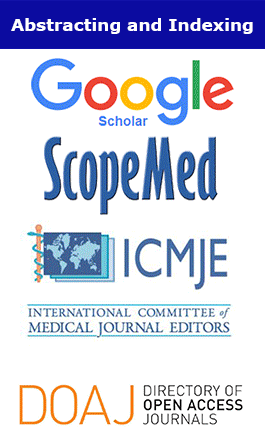Applied Medical Research. 2021;
8(1):(99-204)
Brain and Peripheral Neuronal Injury in Covid-19: The Panorama and Dispute
Hayder M Al-kuraishy*, Nawar R Hussien, Marwa S Al-Niemi and Ali I Al-Gareeb
Abstract
Infection by the severe acute respiratory syndrome coronavirus 2 (SARS-CoV-2) coronavirus results in
significant mortality and long-term disability. Coronavirus infectious disease 2019 (Covid-19), is caused by
SARS-CoV-2 binds by glycoproteins expressed on its surface to the receptor of the angiotensin-converting
enzyme 2 (ACE2), which is highly distributed in the respiratory tract epithelium. ACE2 is highly expressed on
nervous tissue cells like neurons and astrocytes. Once inside the nerve cell, SARS-CoV-2 can alter the cellular
transport function to facilitate its transmission from one neuron to another. Upon infection and because of
other forms of damage neuroglial cells become reactive, representing the most classic neuro-pathological
situation of the ongoing neuro-inflammation. Consequently, it is likely that the SARS‐CoV‐2 infected brain
regions triggers reactive astrogliosis and activation of microglia. The mechanism of involvement of peripheral
nervous system is not fully understood. It is mostly thought to be immune-mediated. In patients with rapid
evolution of Guillain-Barrè syndrome (GBS) after the onset of COVID-19 symptoms, direct cytotoxic effects of
virus on peripheral nerves is a postulated mechanism.

